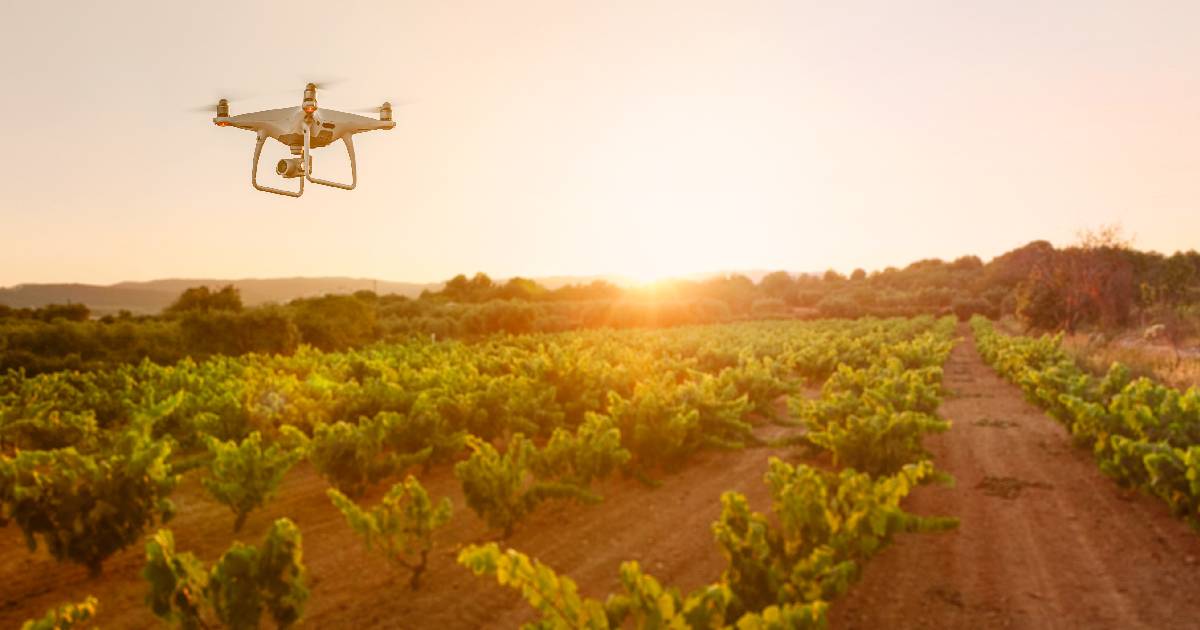 |
| Drone |
Sustainable Development Goals (SDGs)
Robotics and Automatic Systems (RAS) technology is revolutionizing everything from healthcare to food production, changing the globe. The secret to realizing the promise of such technology is to comprehend how it might interact with biodiversity management. (Reference from.ncl.ac.uk)
Dr. Marion Pfeifer, an associate professor of landscape ecology and management at Newcastle University, evaluates how RAS could be able to support the Sustainable Development Goals in this blog.
Addressing the world's problems quickly
With little assistance from humans, RAS can sense, analyze, interact with, and manipulate their physical environment.
Their enormous potential for rapid and widespread benefit delivery makes them an effective tool in our fight for sustainable development on a global scale. Drones with cameras, heat sensors, or LIDAR (a form of laser scanning) technology can make it easier to access remote and hazardous regions for surveillance and communication.
They might be sent to areas experiencing a humanitarian crisis to give food and medicine. Additionally, they can fly over crop fields, vast forests, and other expansive areas to scan for threats from fires, water and disease stress, and changes in land use.
As a result, they can assist us in improving our comprehension of ecosystems as well as how we respond to climate change, policies, and management choices. This information is crucial if we want to understand how to test, monitor, and adapt management to achieve desired results.
Possibilities and dangers
Robotic and autonomous systems (RAS) have the power to significantly change how we think about people and the environment, how we manage the environment, and how we intervene in human health through data collecting and communication.
And there are other examples of this in this latest study. However, uncritical use of the technology can also have unforeseen effects.
Monitoring is a tool used to collect data that is distributed within a framework that is defined by the tool's owner. The owner's understanding of the system, which may be partial and constrained, informs this framework. Benefits may be obvious and unarguable in some cases, such as early fire detection in sizable boreal forests and optimal crop production management. When flames are discovered, a quick deployment of fire response teams is initiated, halting the spread of the fire and safeguarding both people and wildlife. Large crop fields can be optimally resourced by irrigation and fertilization that is spatially targeted when water and nutrient stress is detected.
However, in many socio-ecological systems, there are complicated and difficult-to-measure links between the data being collected and the problems that people experience.
Drones fail to:
assess how individuals interact with one another and their surroundings.
Analyze the reasons why people choose to manage land and resources, as well as the opportunities and limits that decision-makers within the governance frameworks they operate in perceive.
RAS cannot, therefore, provide a means of locating problems' answers on their own. According to the report, "many of the SDGs are extremely human and politically motivated objectives, and RAS may not be the best option to achieve [them]."
Depending on stories about "technology as the savior," for instance, as an answer to fundamental questions about "how to do conservation and restoration," "where to do it," and "for whom," can give the public and locals in the area false impressions of clarity or certainty, undermining their trust in the solutions being offered.
Who makes decisions and who owns the data?
The power of data. Additionally, the ethics of gathering data and knowledge without the consent of the communities and locations for which the data are being collected are seriously questioned.
The people who collect the data shape the frameworks used to understand the data. But who creates these frameworks and who profits from their application to achieve particular goals?
A worrying example is the perception that extensive forest restoration in rural tropical environments can contribute to both biodiversity preservation and the mitigation of climate change.
RAS can be used to monitor tree health and biomass accumulation as well as to locate biophysical planting zones. But who is to claim that the emphasis on these landscapes is necessary to achieve goals for carbon sequestration and biodiversity? Globally, preserving biodiversity is important, but concentrating on data-driven prioritization regions can be seriously deterring from the task. Rural areas targeted for restoration and conservation are home to millions of rural residents. The carbon emissions that have caused climate change are not primarily caused by them. Additionally, they are not to blame for the misguided romanticization of tropical settings as the last uninhabited wilderness.
Tools for progress, but no answers to the world's problems
RAS provide us with a fantastic potential to make a difference across the Sustainable Development Goals when used in conjunction with many other tools. if employed fairly and morally. The solution to ensuring the latter may be the most urgent challenge at hand, necessitating that engineers and natural scientists engage in genuine dialogue with disciplines that have greater expertise in studying society and how people behave and interact with their environment.
Tags:
Agriculture